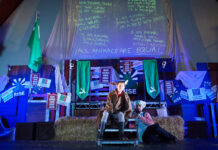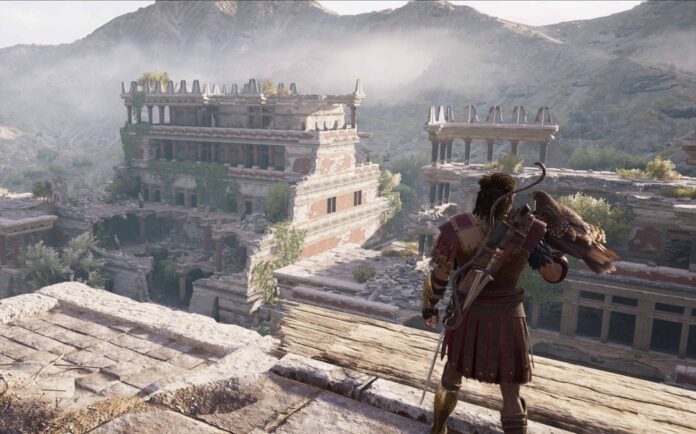
It is the stuff of dreams, excavating a dusty site in Crete and discovering the lost Bronze Age palace of Knossos, home to the Minotaur, thus proving that the myth was true.
Or does it? This is the basis of the captivating new exhibition at The Ashmolean ‘Labyrinth: Knossos, Myth and Reality‘ which opened today, where curator Andrew Shapland untangles the Knossos legend head on through a superb collection of artefacts, documents, photography, art and technology.

The scintillating story of Knossos is surrounded by subterfuge, ambition, debate, wonder, fame and fortune, and yet Shapland strips it right back and endeavours to get to the heart of the story, warts and all, leading up to Arthur Evans’ famous excavation.
“We want to fire up people’s imaginations and really tell the story – for people to come here and make up their own minds about whether the myth is true or just a fantasy”
“We want to fire up people’s imaginations in this exhibition and really tell the story. We want people to come here and make up their own minds about whether the myth is true or just a fantasy. Because while there is a core of truth there, we still don’t know all the answers,” he says.
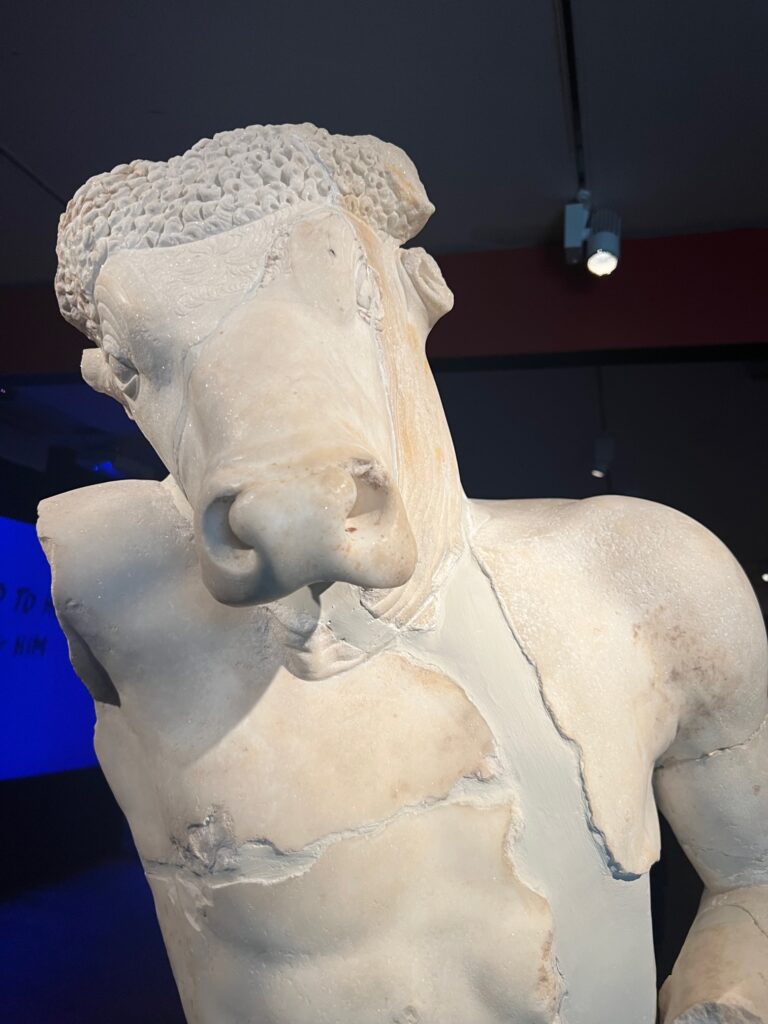
“But more than anything ‘Labyrinth: Knossos, Myth and Reality‘ is about the romance of archeology as an exciting pursuit.”
“while there is a core of truth there, we still don’t know all the answers”
Many of the 200 objects, over 100 of which are on loan, have never left Greece before, and when placed alongside those from The Ashmolean’s own collections, fill in the story beautifully.

The Assassins Creed video game is also revealed (see main pic), featuring a reimagined Knossos, constructed after extensive research by the game’s creators and played by 200 million people worldwide, further demonstrating how Knossos and its fabled palace and Minotaur has gripped the world for centuries.
Contemporary work A RESTORATION by Turner Prize winning artist Elizabeth Price – a 15-minute, two-screen digital video using Arthur Evans’s archive to figuratively reconstruct the Palace at Knossos – brings us right up to date.
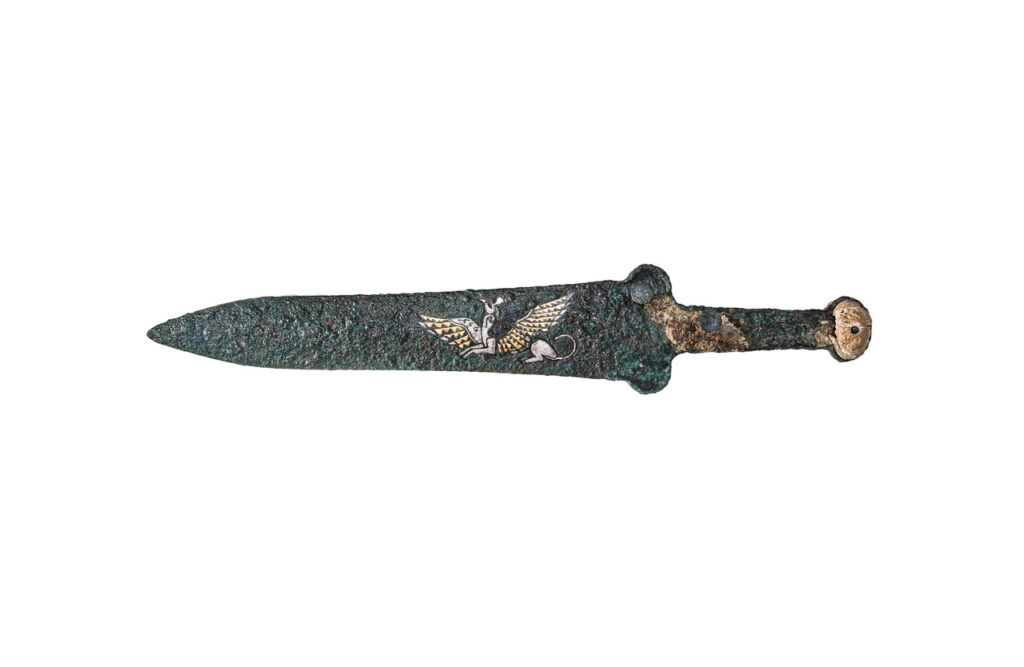
Going rightback to the beginning however, The Minotaur was a mythical creature in Greek mythology – part man/ part bull – who lived in a labyrinth maze, and was eventually killed by the Athenian hero Theseus.
“It’s been so exciting to watch the crates of artefacts arriving from Crete and Greece and seeing them brought to life at The Ashmolean”
So when the remains of an ancient building at Knossos were discovered in 1878 by Cretan businessman and scholar Minos Kalokairinos, and then excavated by British archaeologist and Keeper (director) of the Ashmolean, Sir Arthur Evans, the world held it’s breath. Could this be Minotaur’s lair?

Sir Arthur spent the rest of his life proving that the incredible Bronze Age buildings and intricate layout at Knossos meant that yes, this was where the Minotaur had lived, a point which has been fiercely debated ever since, and which Shaplan ably picks up.
Shapland doesn’t shy away from the premise’s weaknesses
Presenting the whole story, from how the myth has been portrayed over the centuries, to Kalokairinos and Sir Arthur‘s rivalry, and the rewriting of the truth, all is laid bare in this extraordinary exhibition which opens today.
“It’s been so exciting to watch the crates of artefacts arriving from Crete and Greece and seeing them brought to life at The Ashmolean,” Shapland tells me, having planned the exhibition since 2008.
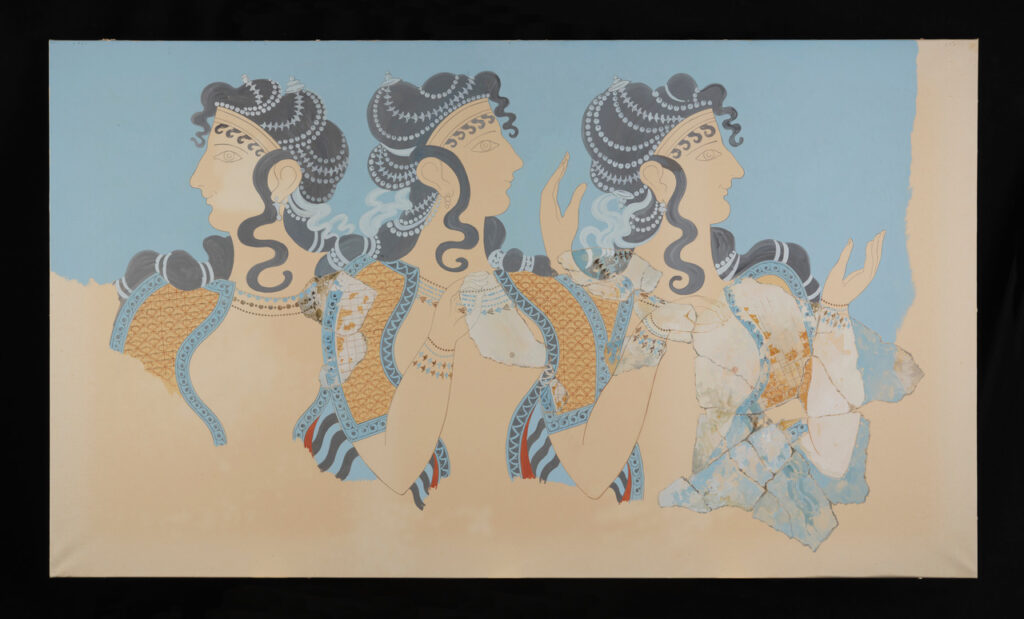
And yet Shapland doesn’t shy away from the premise’s weaknesses; the redrafting of the truth to suit Sir Arthur’s belief that the Minotaur and Labyrinth were at Knossos, Sir Arthur’s use of concrete to prop up the ruins, his spats with Minos Kalokairinos and the recreation of frescoes to suit his arguments.
All of which only heighten the fervour and excitement of the exhibition as we are swept through to its present day space where some artefacts are “fresh out of the ground.”

Because which ever way you look at it, Sir Arthur’s achievements are staggering, and considering Knossos is still the second biggest tourist attraction in Greece, his legend lives on, alongside that of Knossos and the Minotaur.
This Ashmolean exhibition will only reinforce that, while ensuring that Knossos remains in our conscious for the foreseeable future.
LABYRINTH, KNOSSOS, MYTH & REALITY is open at The Ashmolean until July 30 2023. To book or for more information go to https://www.ashmolean.org/exhibition/labyrinth-knossos-myth-reality










